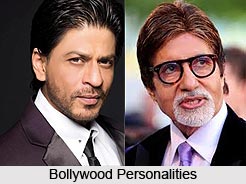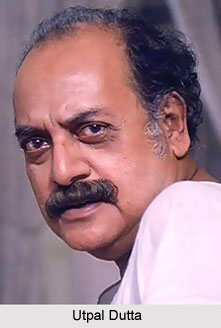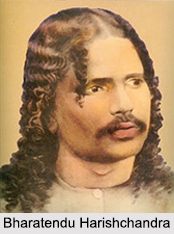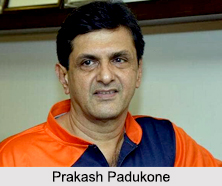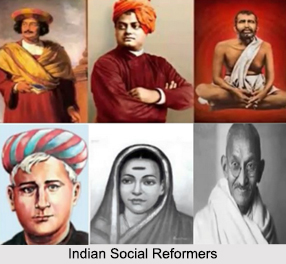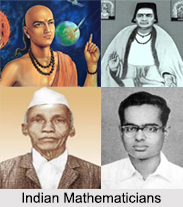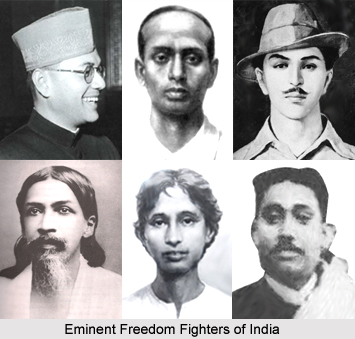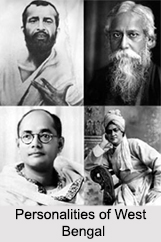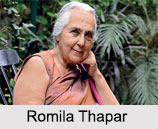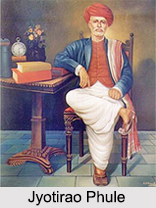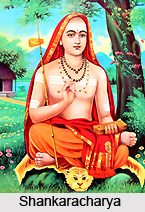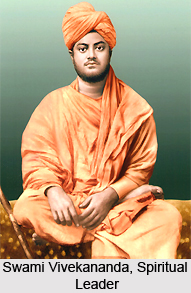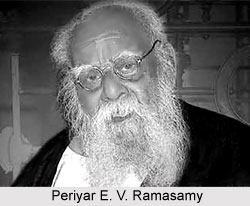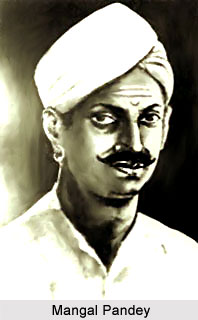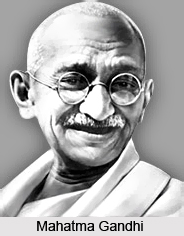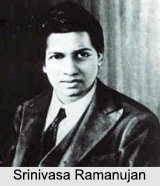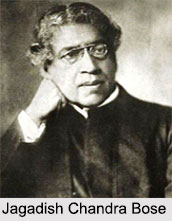Dr. B.R. Ambedkar, right from his early days, was inclined towards Buddhism. He discovered from his research on anthropology and ancient India that the Mahar people were an ancient Buddhist community of India who had been forced to live outside the villages as outcasts as they vehemently refused to renounce their Buddhist practises. He, for most part of life, indulged in studying at great length about Buddhism and around 1950, Ambedkar turned his attention entirely to Buddhism and travelled to Sri Lanka (then known as Ceylon) to attend a convention of Buddhist scholar and monk.
In Pune while Ambedkar was dedicating a new Buddhist vihara, he also announced that he was writing a book on Buddhism and that very soon when the book will be finished he has plans to make a formal conversion back to Buddhism. In the process, he also visited Burma twice in the year 1954, second time in order to attend the third conference of World Fellowship of Buddhist in Rangoon. In the year 1955 he also founded the Bharatiya Bauddha Mahasabha, or the Buddhist Society of India. He also completed his final work, The Buddha and His Dhamma, in 1956, but was published posthumously.
Ambedkar, after meeting with the Sri Lankan Buddhist monk Hammalawa Saddhatissa, organised a formal public ceremony for himself and his supporters in Nagpur on 14 October 1956. Accepting the Three Refuges and Five Precepts from a Buddhist monk in traditional manner, Ambedkar also completed his own conversions, along with his wife. Then he also proceeded to convert some 500,000 of his supporter who were gathered around him. He also prescribed the 22 Vows for these converts, after the Three Jewels and Five Precepts. Then he travelled to the capital city of Nepal to attend the Fourth World Buddhist Conference. His work on The Buddha or Karl Marx and "Revolution and counter-revolution in ancient India" remained incomplete.
This article is a stub. You can enrich by adding more information to it. Send your Write Up to content@indianetzone.com
